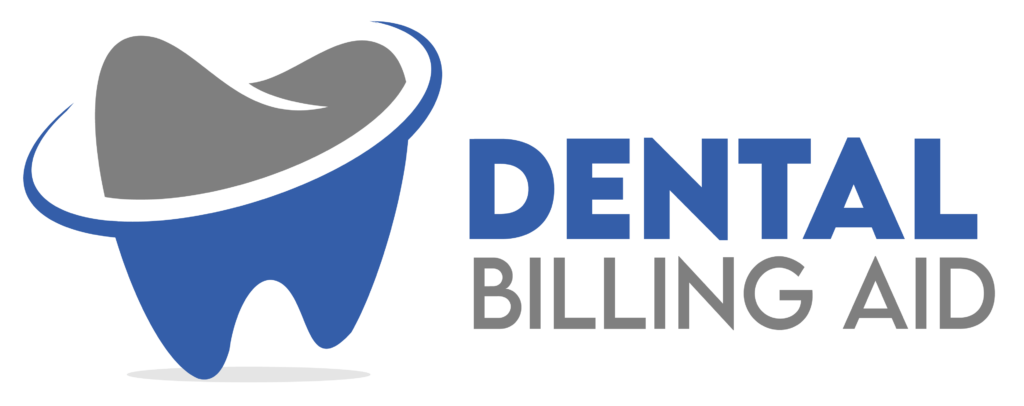While dental insurance is the bread and butter of most practices, many dentists overlook a significant revenue stream: medical billing. By understanding and utilizing medical billing codes, dentists can tap into a larger pool of patients and significantly boost their profitability.
The Untapped Potential of Medical Billing:
Many dental procedures, particularly those related to oral and maxillofacial health, have overlapping medical and dental codes. This means that patients with medical insurance may have coverage for procedures traditionally billed to dental insurance or paid out-of-pocket. Examples include:
- TMJ Disorders: Diagnosis and treatment of temporomandibular joint disorders often fall under medical necessity.
- Sleep Apnea: Oral appliance therapy for obstructive sleep apnea can frequently be billed to medical insurance.
- Oral Surgery: Procedures related to trauma, infections, or pathology may be covered by medical plans.
- Dental Implants (in certain medical necessity cases): some medical plans will cover implants when they are required because of trauma or disease.
- Diagnostic Imaging: Certain types of imaging, such as CT scans or MRIs, can be billed to medical insurance.
Benefits of Implementing Medical Billing:
- Increased Revenue: By billing medical insurance, you can access a wider patient base and generate revenue from procedures that might otherwise be underpaid or not covered by dental insurance.
- Improved Patient Access: Offering medical billing options makes your services more accessible to patients with medical insurance but limited dental coverage.
- Enhanced Patient Satisfaction: Patients appreciate the convenience of utilizing their medical benefits for dental procedures.
- Competitive Advantage: Offering medical billing services can differentiate your practice from competitors and attract new patients.
- Reduced Reliance on Dental Insurance: Diversifying your revenue streams reduces your dependence on dental insurance reimbursements.
Key Steps to Implementing Medical Billing:
- Education and Training:
- Familiarize yourself and your staff with medical billing codes (CPT, ICD-10) and procedures.
- Consider investing in training programs or hiring a certified medical biller.
- Familiarize yourself and your staff with medical billing codes (CPT, ICD-10) and procedures.
- Accurate Documentation:
- Maintain detailed and accurate patient records, including medical necessity justifications.
- Ensure proper documentation of diagnoses, procedures, and treatment plans.
- Maintain detailed and accurate patient records, including medical necessity justifications.
- Verification of Benefits:
- Verify patient medical insurance coverage before performing procedures.
- Understand the specific requirements and limitations of each insurance plan.
- Proper Coding and Billing:
- Utilize the correct medical billing codes for each procedure.
- Submit claims accurately and promptly.
- Understand the difference between medical necessity and dental necessity.
- Claims Management:
- Track claim status and follow up on denied claims.
- Implement a system for managing appeals and resolving billing issues.
- Outsourcing:
- Consider outsourcing your medical billing to a specialized company. This can reduce the time and resources required to manage the process in-house.
Maximizing Profitability:
- Identify procedures that have medical billing potential.
- Educate patients about the availability of medical billing options.
- Streamline your billing process to ensure efficient claims processing.
- Regularly review your billing practices and identify areas for improvement.
By embracing medical billing, dental practices can expand their service offerings, enhance patient access, and significantly improve their financial performance.
It requires dedication to education and accurate documentation, but the rewards are substantial.
